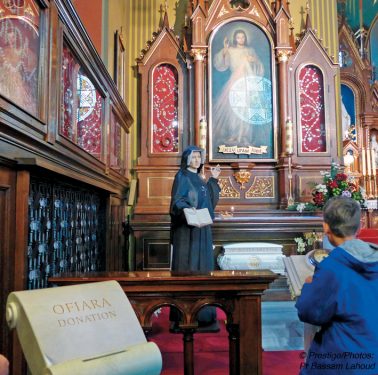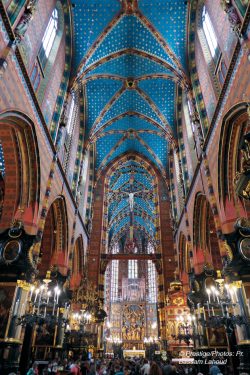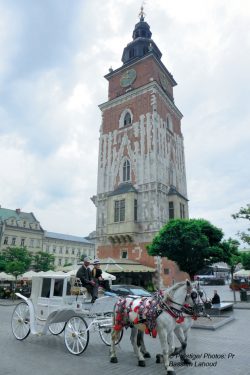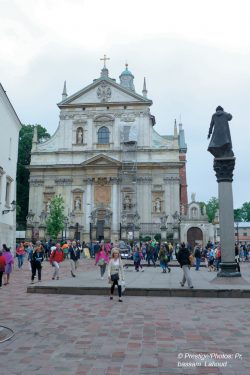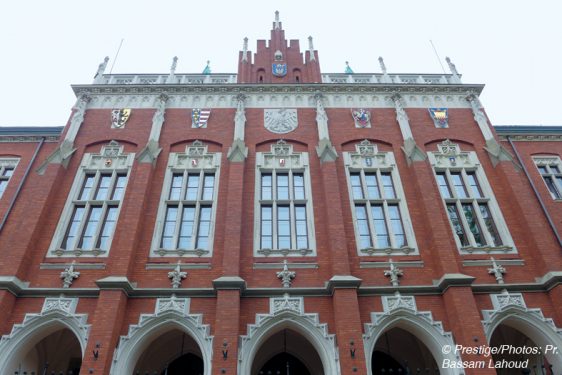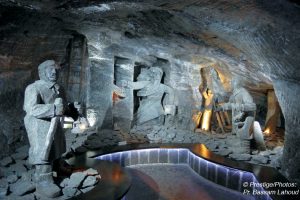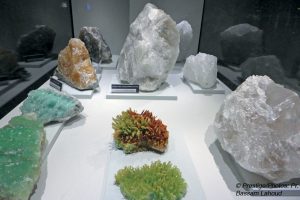Prestige issue 276-277, July-August 2016
City of Nicolas Copernicus and Pope Saint John Paul II
Report by Pr Bassam Lahoud.
Former capital and second largest city in Poland, Krakow is of particular cachet. Its 40 parks surround a fabulous, well preserved architectural heritage, dedicated to the thousands of tourists who relive the splendor of past centuries. Krakow, known for its churches, it has more than 120, remains the cultural and scientific center of Poland. It is especially the home of an archbishop of the city elected Pope and canonized, Saint John Paul II.
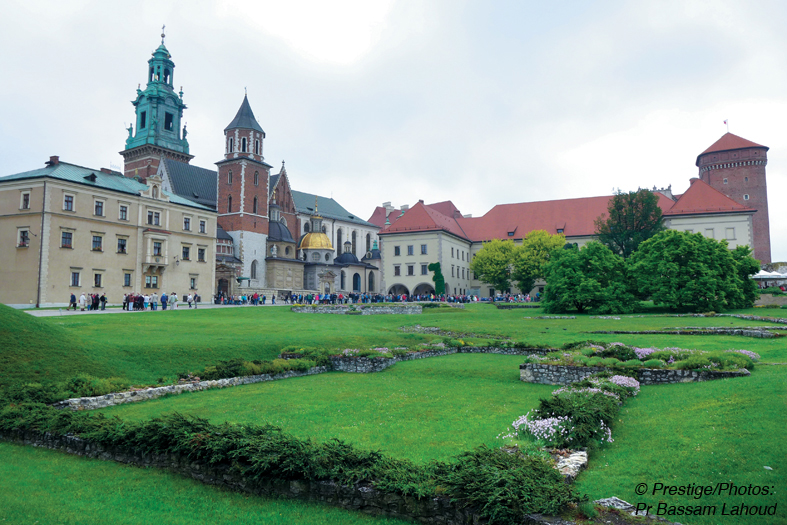
The Wawel Cathedral
It is considered the main church of the Archdiocese of Krakow and the national shrine where the kings, queens, Poland’s national heroes were crowned and buried. The site is located on Wawel Hill overlooking the river Vistula below. It is an architectural complex built over centuries atop a limestone hill in Krakow, to 228m above sea level. This is where the Royal Castle, museums, administrative buildings are … For centuries, the Wawel was the center of ecclesiastical and royal power in Poland, from the XIth to the XVIth century, with Krakow as capital. Tourism is an important sector of activity in the second most visited city after the capital.
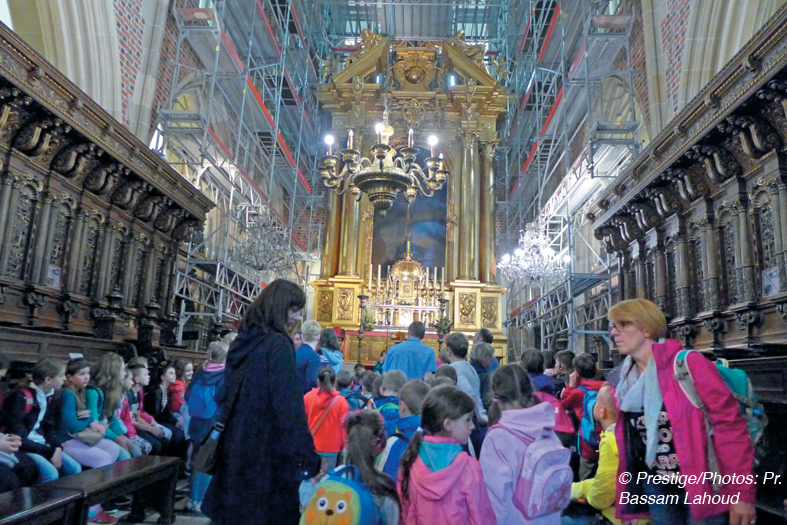
Helena Kowalska, or St. Faustina
Venerated by Poles, Sister Mary Faustina feels, at 15, God calling her to become a nun. In her diary she says she saw in Purgatory Jesus and Mary and specifies requests that Christ sent her. Beatified and canonized in 2000 by Pope John Paul II, she is celebrated on October 5th.
An imposing shield, the Barbican
An impressive fortress at the time protected the entrance to the city of Krakow. The Barbican, of Gothic architecture, built in the late XVth century due to the danger of Turkish invasions, is perfectly preserved to this day. The structure is built of brick except the brackets supporting the galleries and towers, built of stone. The gallery features openings in the floor through which in the past they could water attackers with boiling water or tar. The site is now part of the Princess Czartoryski Museum.
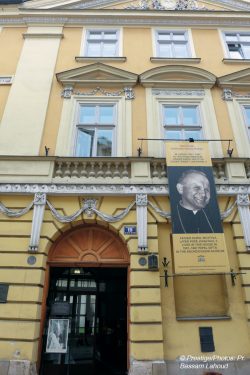
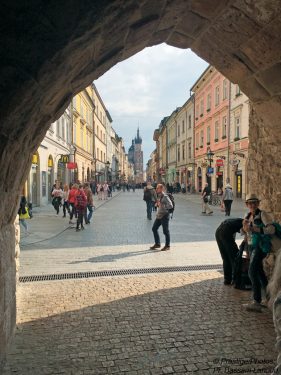
St. Mary’s Basilica
Dedicated to the Assumption of the Blessed Virgin, the church is a mixture of Gothic architecture and Renaissance. It stands on the Market Square. Built in the XIVth century with brick in hand, it was the main church in Krakow for centuries.
The tower of Town Hall
Of 70m high, we have access by a staircase to the clock mechanism. From there, visitors admire the beautiful view of the city.
Sts Peter and Paul church
Of Baroque style, dating back to the XVIIth century, the church belongs to the Jesuit college. At the entrance, statues of the Twelve Apostles.
Collegium Novum or the New College of the Jagiellonian University in Krakow
It includes conference rooms, a great hall, the Aula Hall, restored in 1990. Renaissance ceiling. The College was inaugurated in 1887 to commemorate the 500 years of the foundation of the Jagiellonian University.
The fascinating salt mine in Wieliczka
It is a spectacular underground world carved in salt. Exploited since the Middle Ages until today, the Wieliczka salt mine in the outskirts of Krakow is the oldest in Europe. The workers at the time created bowels in the mine at a depth of 327m, they even carved a chapel dedicated to St Antoine at 64m depth with figurines and statues. The visitor gets there by narrow stairs with dim lighting, and runs through the galleries of salt cut pavers. There is even there a bar and restaurant.



